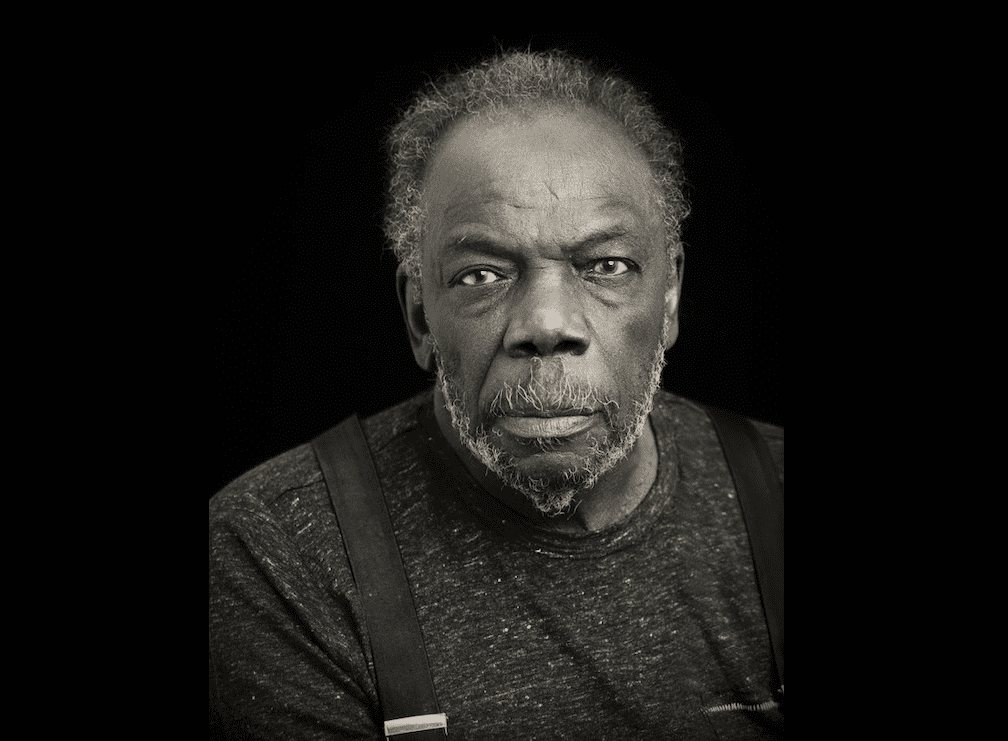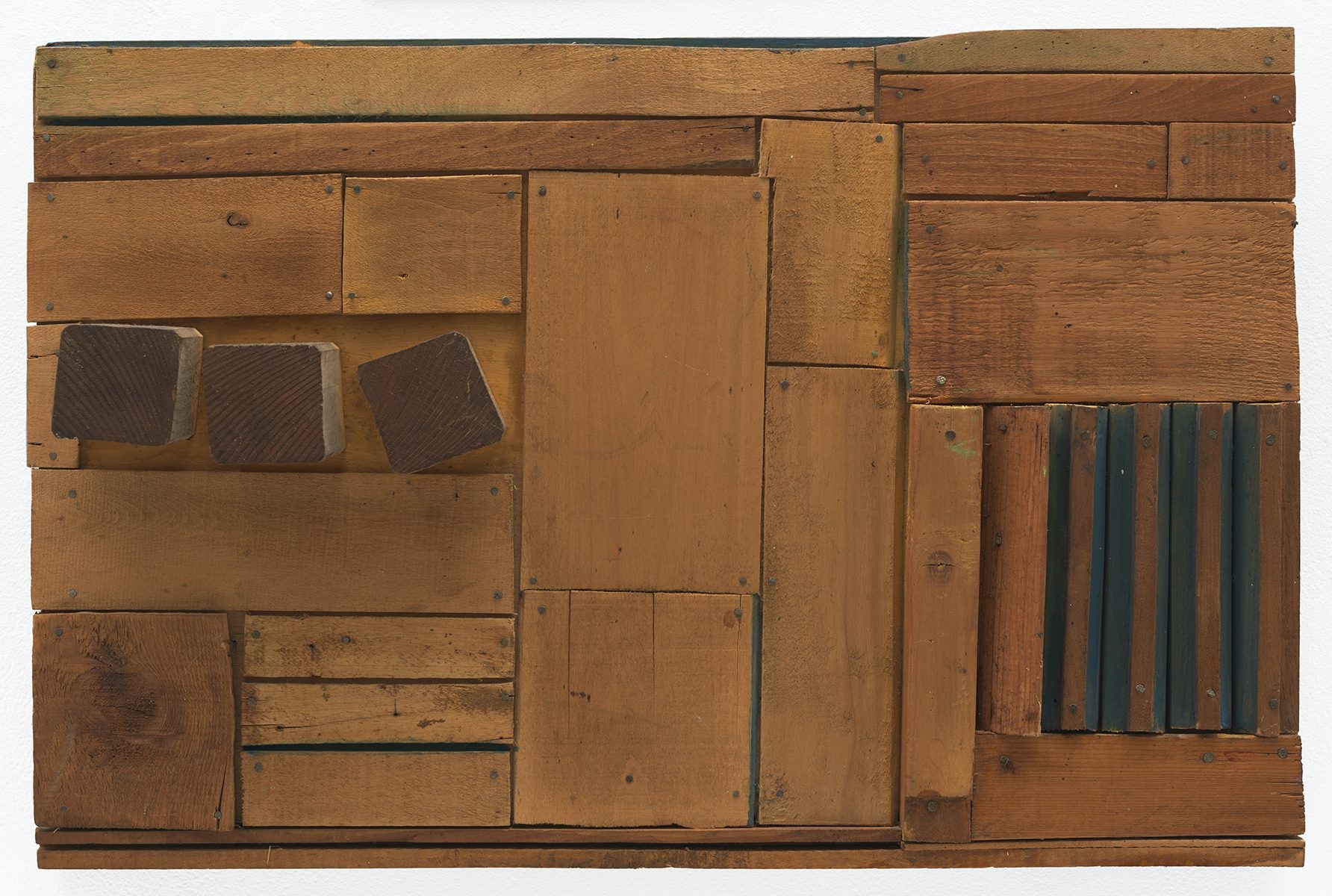Julie Mehretu: Keeping Vigil with no Loss to Poetry
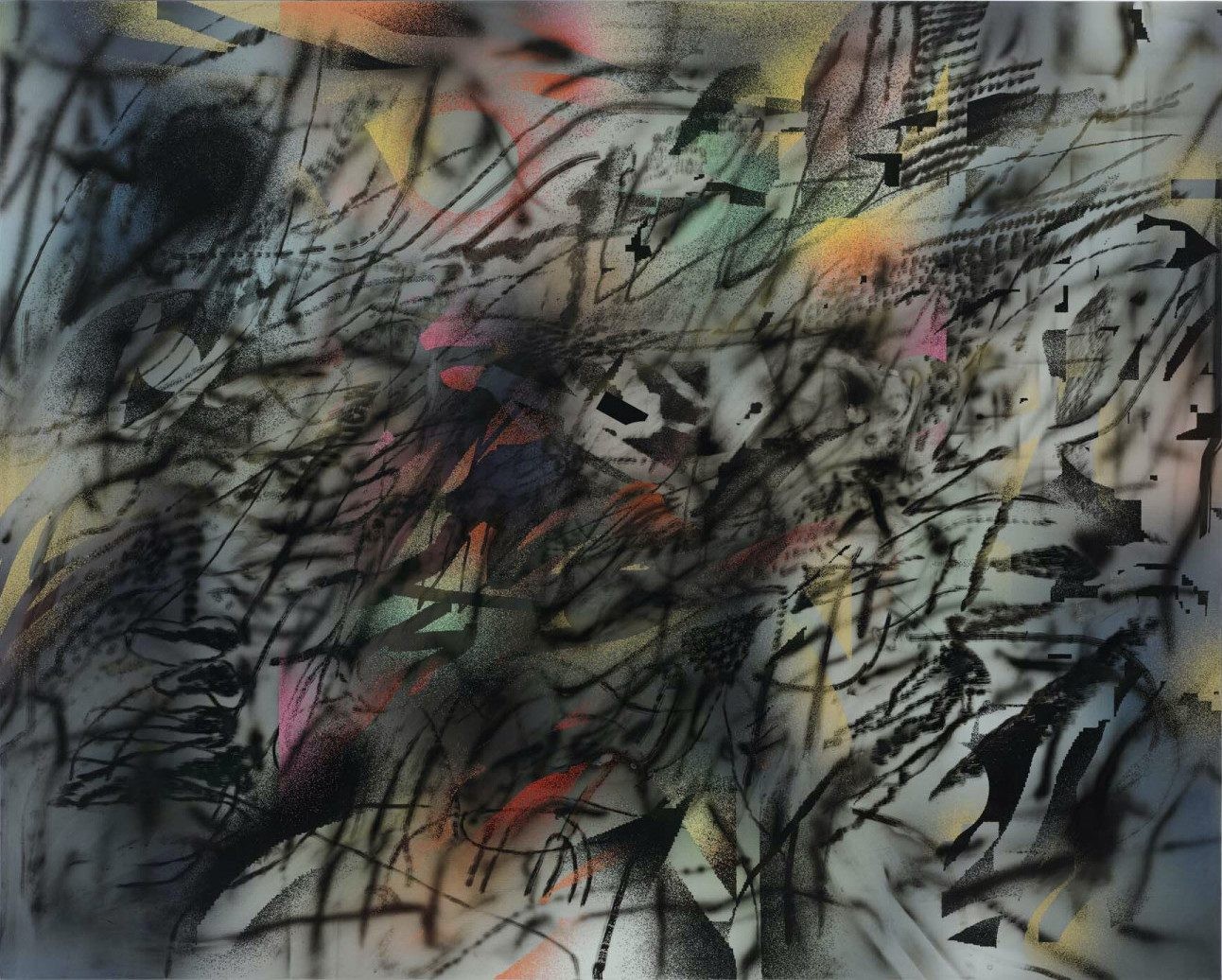
12 November 2021
Magazine C& Magazine
Words Rose Jepkorir
4 min read
Rose Jepkorir spoke to the New York-based artist to dive into her work that explores the strange in between places through abstraction.
Julie Mehretu’s work contains two registers of rhythm – one in syntax as it unfolds and another, more abstract, a dimly heard harmony of shapes, lines, blurs, etchings, patterns, color, and fragments. The dimension of possibility in abstraction is critical for it allows a visual world in which different types of signifiers are used – from ancient mark makings to the newer forms of iconography and symbols we have come to consume and use. There is a certain place and way in which these signifiers can be brought together to allow for different sense of embodied experience. For Mehretu, painting is a way to do things through creative work but also a way relate to the world and what is happening around her, and right now her work and practice harnesses aesthetics of uncertainty and instability. A kind of vertiginous reality of instability.
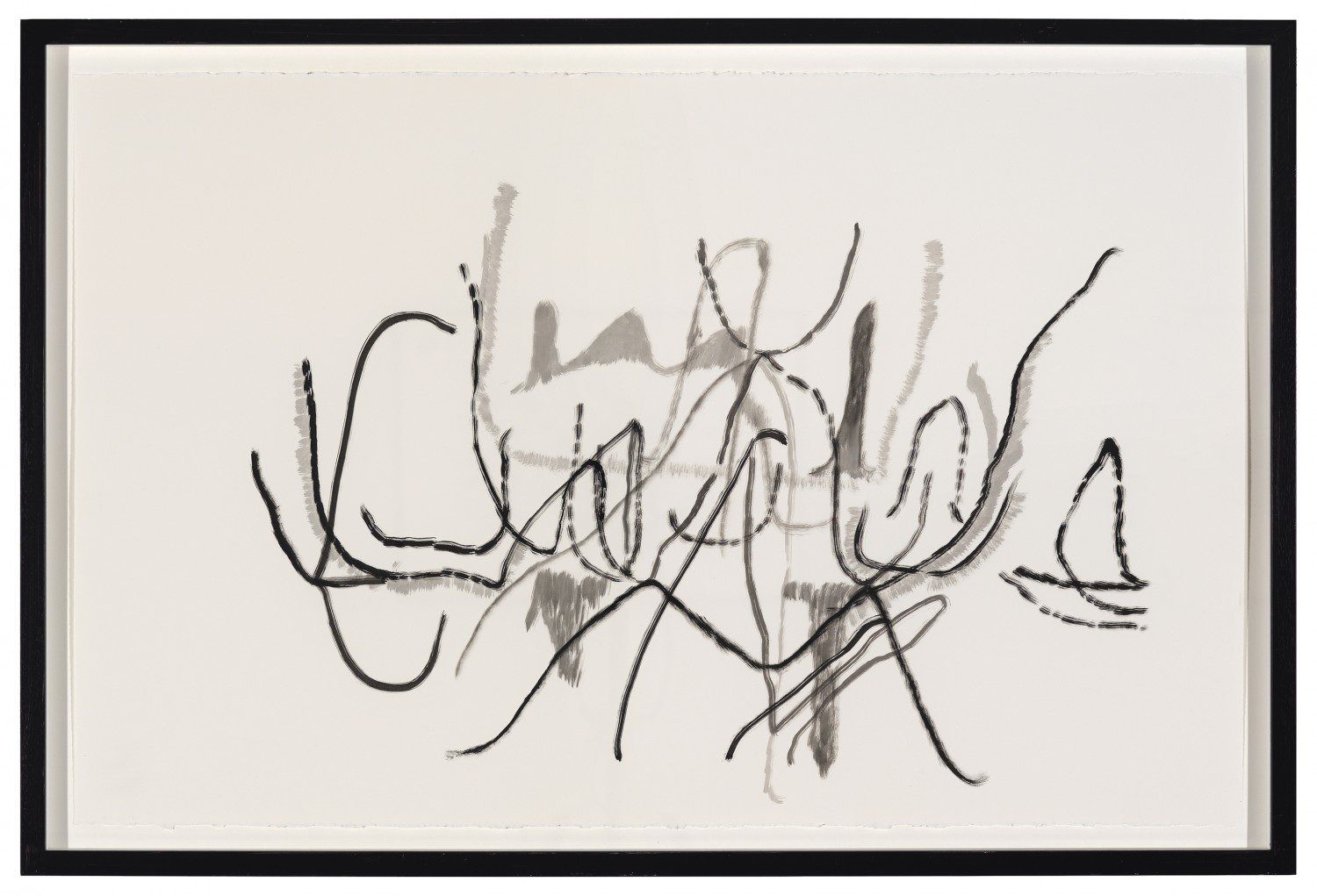
<figcaption> Julie Mehretu, Untitled, 2017. Courtesy the artist and carlier | gebauer.
The images and thoughts informing Mehretu’s recent work are from either far right anti-immigration rallies or detention centers for migrants at US borders. The issue of legal and illegal migration or the need to move in order to find a home or life elsewhere, is core to the work and the way Mehretu has been thinking through this time. Especially its complexities in relation to our global condition – with climate catastrophe getting worse and worse, a pandemic, and the ongoing struggle against the history of colonialism and neo-colonialism, among other crises.
Mehretu’s current exhibition at carlier gebauer gallery in Berlin is titled Metoikos (in between paintings), the Greek word meaning the strange in-between place or the strange in-between thing. It was used to refer to people from elsewhere who occupied an intermediate position between visiting foreigners and citizens in Greece. They were a recognized part of the community, but subject to restrictions on marriage, property ownership, voting, and more. In the space of the paintings, the blurred surfaces and unrecognizable images represent in-between, indeterminate experiences that are simply not legible. Rather than descriptive, the paintings are visceral abstract experiences informed by these kinds of thoughts and realities. Our differing embodied experiences mean we engage with these realities in differing ways, bringing our own subjectivities to engage with the work. Your way of trying to make sense of them, the extent of your immersion in them, the physical experience you have with them differ according to your life experiences and other references you bring when you look at these images. There is a lot of liberty for the viewer, since the paintings are not propositions. They may contain a sense of interrogation, but they are not arguments or statements. They are time-based visual experiences.
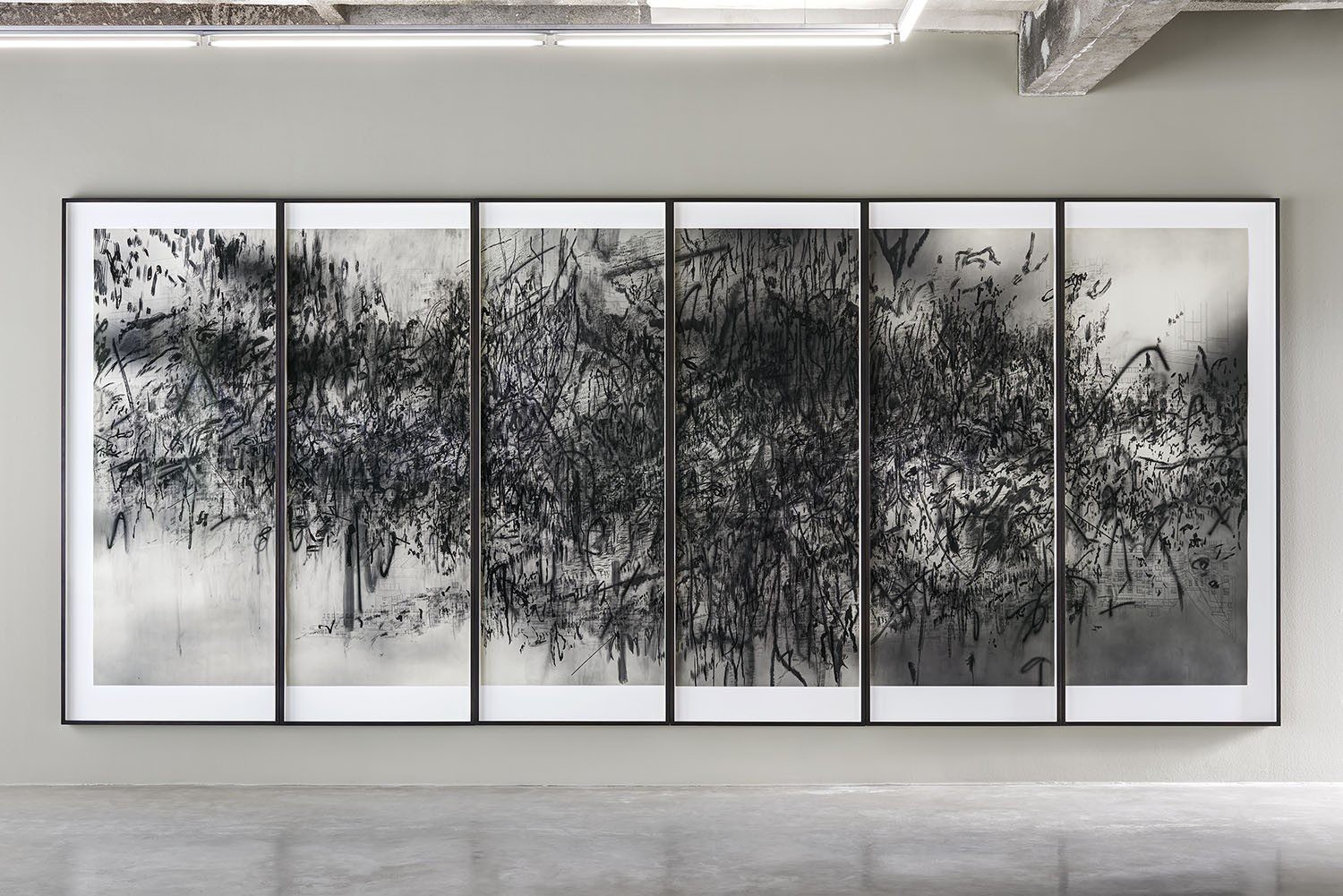
<figcaption> Julie Mehretu, Epigraph, Damascus, 2016. Courtesy the artist, carlier | gebauer and Niels Borch Jensen.
Embedded in Mehretu’s approach to making, and not in the paintings necessarily, is an insistence on the invention of alternate possibilities. In the face of terror and persecution, there is a constant necessity for the invention of joy. It is from this place of resistance, reinvention, creativity, and determination, despite every effort being made to extinguish them, that something else can be generated for the continuation and elevation of joy and culture. Mehretu situates these thoughts from Black and queer experience even in a world state thinking of Blackness as a condition, like the way Edouard Glissant talks about it, as a planetary condition – a condition of the multitudes. Whether thinking of music or the history of those who were enslaved and forced to migrate, efforts that have insisted on life have been continual and efforts to extinguish have not been successful. We cannot pretend there has not been extreme damage, or sublimate these losses. Mehretu further relates to Fred Moten’s words about Black pain and Black joy, looking for the possibility of joy despite pain over pain.
Julie Mehretu: Metoikos (in between paintings) is on view until 13 November 2021 at carlier | gebauer in Berlin. And Walker Art Center Minneapolis shows a " mid-career survey" until 7 March 2022.
Born in Addis Ababa, Ethiopia, and based in Harlem, New York, Julie Mehretu (b. 1970) is best known for abstract paintings layered with a variety of materials, marks, and meanings. These canvases and works on paper reference the histories of art, architecture, and past civilizations while addressing some of the most immediate conditions of our contemporary moment, including migration, revolution, climate change, global capitalism, and technology.
By Rose Jepkorir.
Read more from

Werewere Liking: Of Spirit, Sound, and the Shape of Transmission
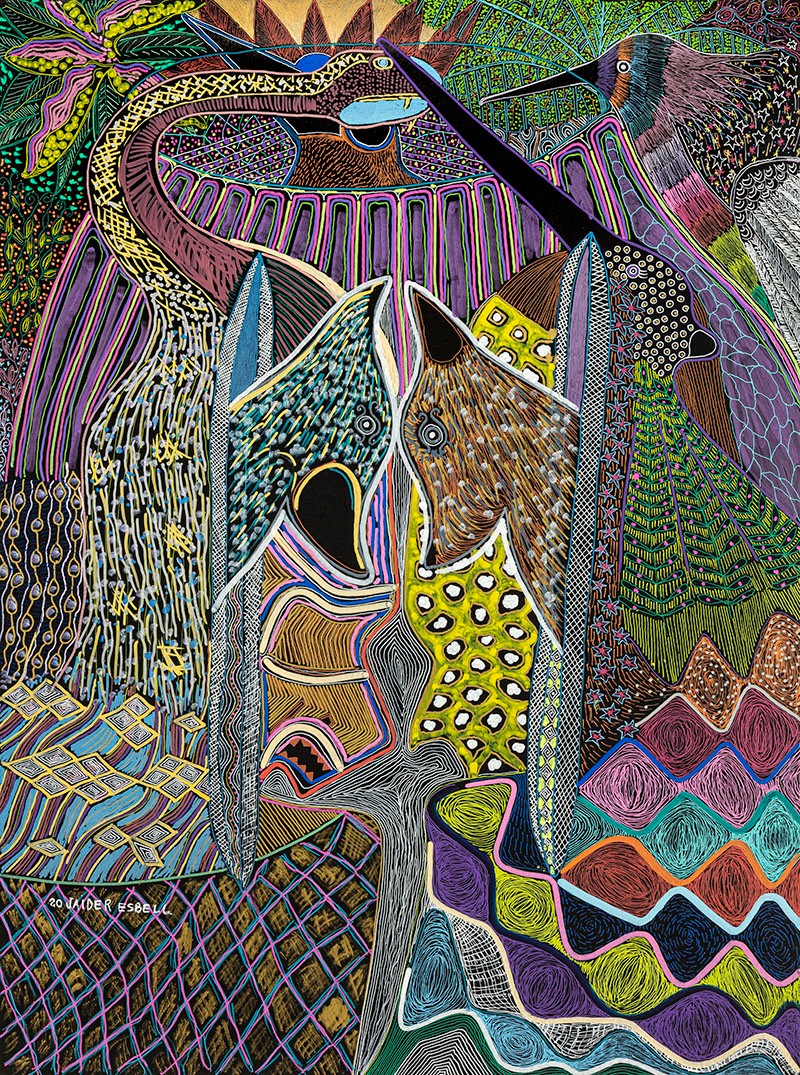
Macuxi Jaider Esbell: An Indigenous Life Cut Short by Epistemic Extractivism

Paris Noir: Pan-African Surrealism, Abstraction and Figuration
Read more from
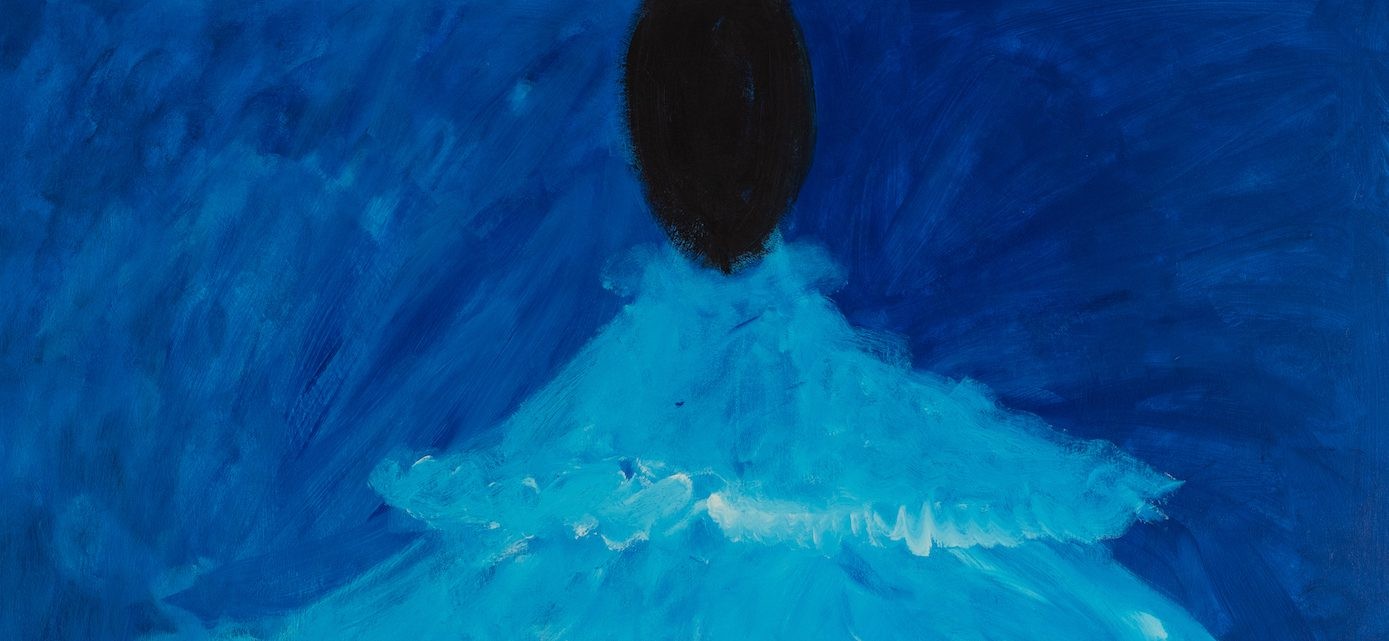
Ruth Ige on Blackness, Abstraction, and the Color Blue
